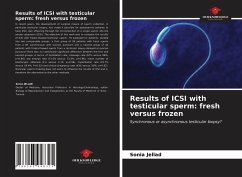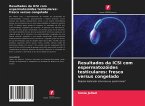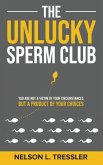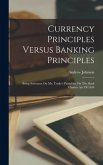In recent years, the development of surgical means of sperm collection, in particular testicular biopsy, has made it possible for azoospermic patients to have their own offspring through the microinjection of a single sperm into the oocyte cytoplasm (ICSI). The objective of this work was to compare the results of ICSI with frozen-thawed testicular sperm. 70 azoospermic patients, divided into two comparable groups, a first group of 28 patients with fresh sperm from a BT synchronous with ovarian puncture and a second group of 42 patients with frozen-thawed sperm from a testicular biopsy delayed at ovarian puncture.There was no statistically significant difference between the first and second groups in terms of fertilization rate, cleavage rate (87% versus 86%; p=0.86), top embryo rate (73.5% versus 73.3%; p=0.96), mean number of blastocysts obtained (2.2 versus 2.15; p=0.96), implantation rate (23.7% versus 19.4%; P=0.53) and clinical pregnancy rate (43% versus 50%; p=0.62). Testicular sperm freezing does not seem to influence the results of ICSI and is therefore the alternative to the other methods.
Bitte wählen Sie Ihr Anliegen aus.
Rechnungen
Retourenschein anfordern
Bestellstatus
Storno








